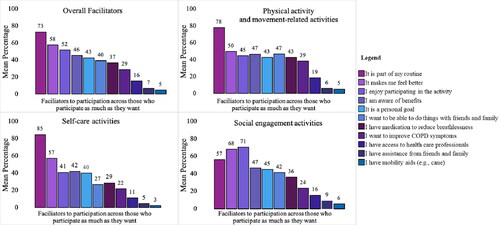Figures & data
Figure 1. Participant flow chart. Abbreviations: Activities, Healthcare and Research Priorities Survey (AHRPS); Chronic ObstructivePulmonary Disease (COPD); Quartiles 1-4 of airflow obstruction (Q1-4); modified Medical Research Council breathlessness questionnaire (mMRC); breathlessness burden and exacerbation risk groups A-D (Group A-D).
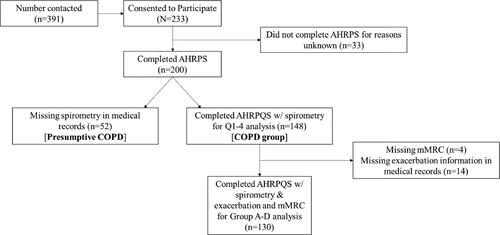
Table 1. Participants demographic information by quartiles of disease severity.
Table 2. Participant spirometry data by comparison groups.
Figure 2. Overall participation frequencies (%) for each of the 26 daily and social activities (N = 200).
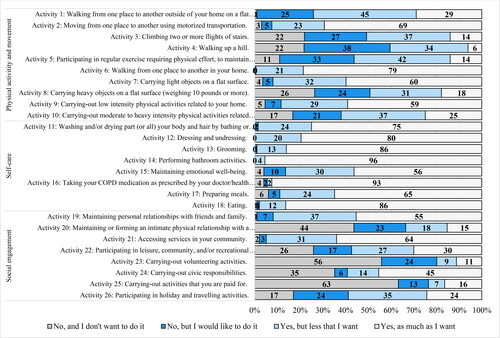
Figure 3. Participation frequencies (%) for each the 26 daily and social activities separated by quartiles of airflow obstruction (FEV1%predicted). Note: The analyses presented in text and in were performed within each activity, rather than across activities. The results are displayed by quartiles of airflow obstruction (FEV1%predicted) to simplify the presentation of results. Comparisons should be made by looking at one activity across the quartiles. Bolded red numbers indicate a standardised residual (SD) of ±2. A = Activity. Quartile 1 (mild airflow obstruction), n = 37; Quartile 2 (moderate airflow obstruction), n = 37; Quartile 3 (severe airflow obstruction), n = 37; Quartile 4 (very severe airflow obstruction), n = 37.
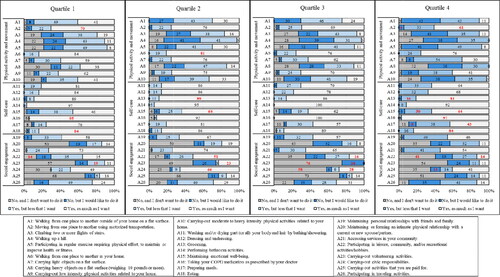
Figure 4. Participation frequencies (%) for the 26 daily and social activities separated by breathlessness burden and exacerbation risk (groups A–D). Note: The analyses presented in text and in were performed within each activity, rather than across activities. The results are displayed by levels of breathlessness burden and exacerbation risk to simplify the presentation of results. Comparisons should be made by looking at one activity across the 4 groups. Bolded red numbers indicate a standardised residual (SD) of ±2. A = Activity. Group A (low breathlessness + low exacerbation risk), n = 27; Group B (high breathlessness + low exacerbation risk), n = 50; Group C (low breathlessness + high exacerbation risk), n = 14; Group D (high breathlessness + high exacerbation risk), n = 40.
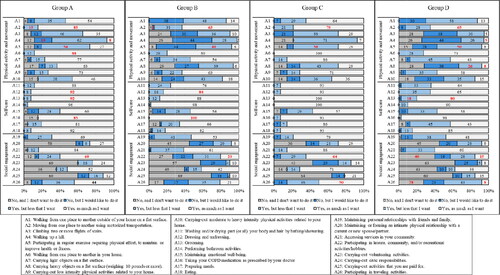
Table 3. Chi-squared (χ2) for each quartiles of airflow obstruction and breathlessness burden.
Figure 5. Barriers to participation, overall and by each category of activity*. *Activity 16: Taking your medication as prescribed by your healthcare provider has different barriers and facilitators and was not included in this analysis. The top barrier for taking your medication was my COPD medication(s) is/are used too often; however, it was only selected by 2 responders.
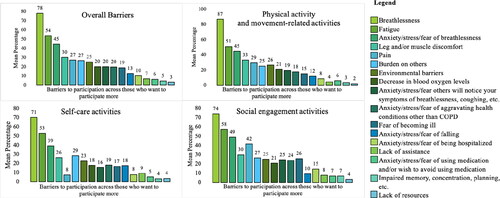
Figure 6. Facilitators to participation, overall and by each category of activity*. *Activity 16: Taking your medication as prescribed by your healthcare provider had different barriers and facilitators and was not included in this analysis. The top facilitator was part of my routine selected by 84% of respondents, followed by my prescribed COPD medication(s) relieve my COPD symptoms (76%).
